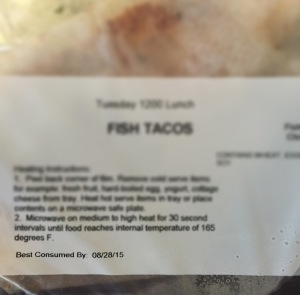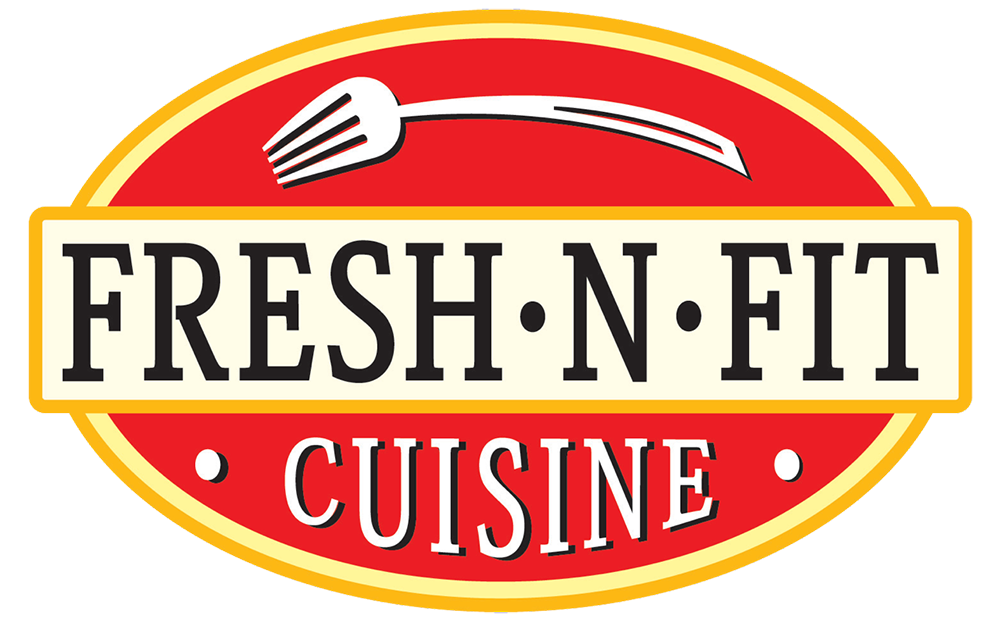 Why bother with use by dates?
Why bother with use by dates?
Do you even need to ask?
Many foods spoil as they age and can become breeding grounds for harmful pathogens and poisons. As a food professional, you know that already. But consumers are less tuned-in to food safety. With use by dates consumers have a rudimentary guideline as to whether the food they are eating is safe. If a product is within its use by date and has been stored correctly, it should pose no risk.
Some consumers get confused between use by dates and best before dates, but the distinction is important. Best before dates are a guideline as to when a certain product is at its best, while use by dates indicate the point at which a product may be unsafe to eat. It’s okay to eat a product that is past its best before date, but you should never eat a product that’s gone beyond its use by date – iron stomach or otherwise.
Microbes, pathogens and computer simulation
It’s the manufacturer’s responsibility to provide accurate use by dates. And it’s not easy. Many factors influence the speed at which a food product will spoil, such as transport conditions or the end consumer’s fridge temperature. It makes it impossible to pinpoint a use by date with 100% accuracy. But the use by dates strewn along supermarket shelves are way more than best guesses.
The factor that has the greatest bearing on shelf life is the growth of micro-organisms. Even with non-perishable foods chemical changes can occur over time that lead to changes in a food item’s flavour, colour or structure. Here are some of the ways the durability of different food products can be tested.
Basic shelf life testing
This is the simplest and most accurate test. The product is kept at the recommended temperature for an extended period of time and periodically tested for microbial population. This helps to determine the point at which the product becomes unsafe to consume.
Accelerated shelf life testing
As the name suggests, with accelerated shelf life testing conditions are manipulated to encourage microbial growth. (The temperature at which a product is stored might be increased, for example.) This method is generally used for long-life products and the results are less accurate than with the basic shelf life testing described above.
Challenge testing
With challenge testing the food product is deliberately infected with different pathogens and microbes to see how easily those agents grow in the product. It helps to show which pathogens pose the greatest risk to the consumer when the food item is stored incorrectly or eaten after the use by date.
Predictive microbiology
This refers to the use of sophisticated computer programs to simulate and model the various risks different foodstuffs pose as they spoil.
Doing it by the numbers…
Durability testing is seen as a burden by some manufacturers, but it’s a necessary step in determining the safety of your product. In an age where food safety blunders are broadcast far and wide by digital media, your brand reputation depends on taking the time to make sure the necessary tests have been completed to accurately forecast the shelf life of a product.
There really is safety in numbers.
We use no preservatives here at Fresh ‘N Fit Cuisine, so there is a “Best Consumed by” date printed on every one of our labels. Our food is always fresh, never frozen and you can taste that in every meal we make. Try us and save 10% off of your first order with promo code BLOG10.
Source: Check It


Great simple explanations of the different shelf life tests!